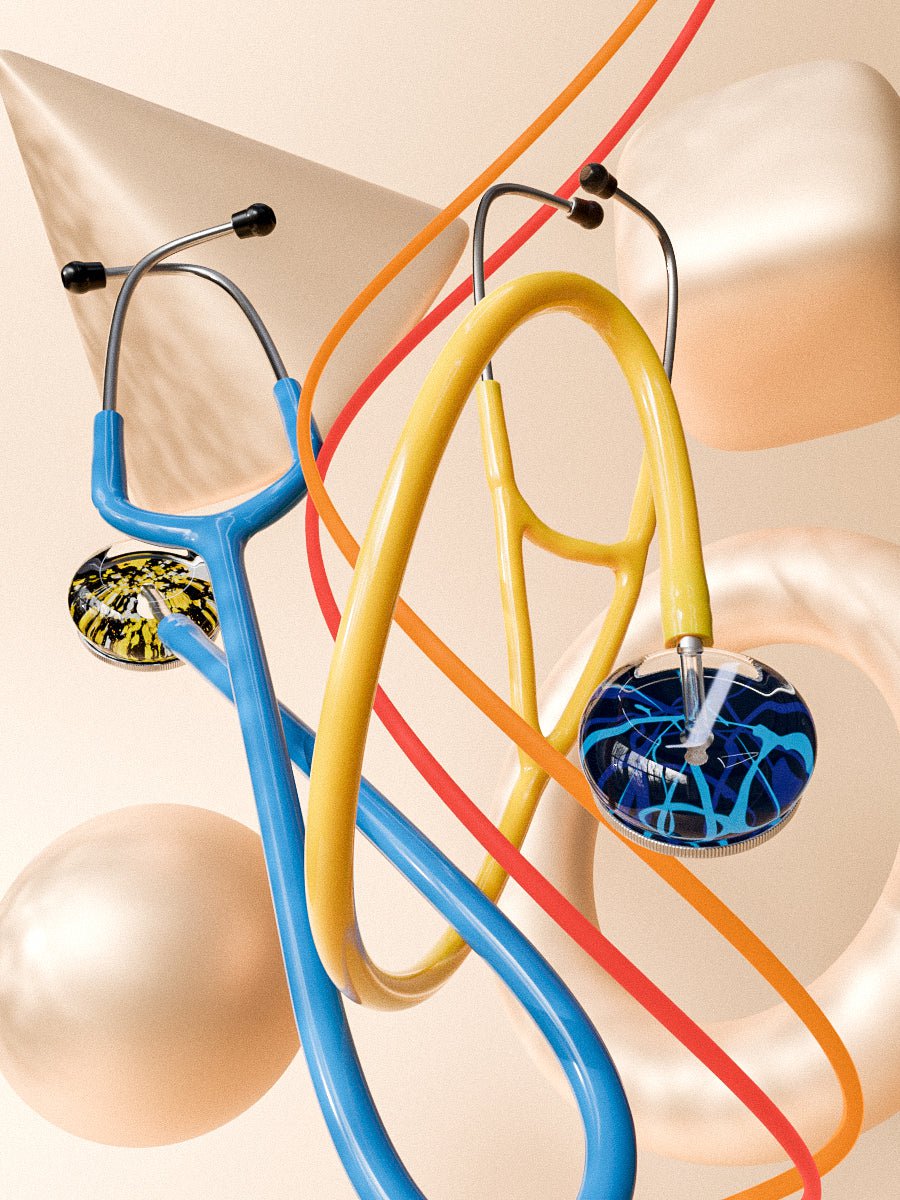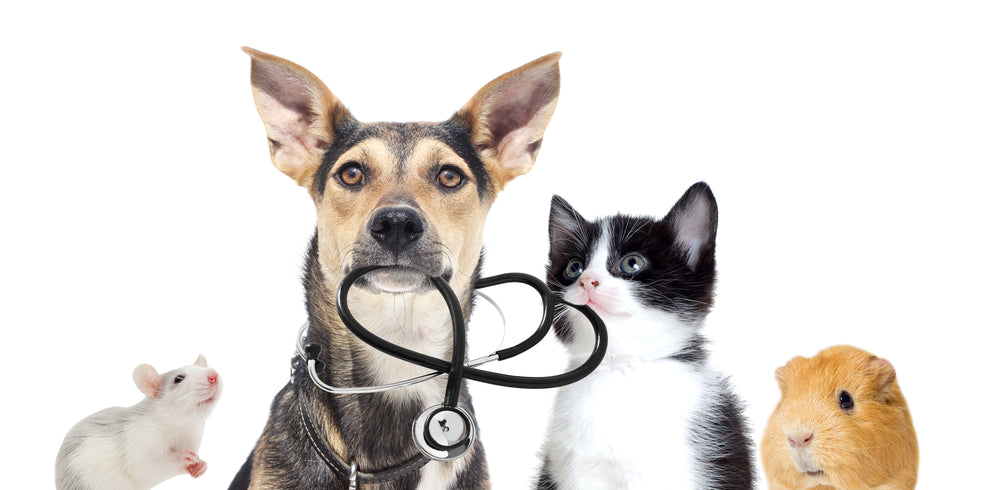Doctors listen to a stethoscope from the back because they can hear more sounds. When listening with the front of the stethoscope, doctors only hear about 25% of what's going on. Listening from the back, though, increases that percentage by 10%. Doctors can also hear different things when listening from behind their patient. For example, a doctor may be able to detect if there is fluid in someone's lungs or stomach and even check for heart murmurs!
Top reasons doctors use a stethoscope on a patient's back:
- Doctors hear more sounds when listening from the back
- Listen to different things: fluid, murmurs, and other heart issues
- Most patients can't see a doctor's face during this process which is relaxing for some. For others it may be uncomfortable
What extra sounds can be heard when using a stethoscope from the back?
- fluid in the stomach or lungs
- heart murmurs
What does fluid in the stomach or lungs sound like with a stethoscope?
- More than likely it will just be a gurgling sound. Depending on where the stethoscope is placed will allow the doctor to determine where the fluid is in the body. For example, stomach vs. lungs.
Can you hear heart murmurs with the stethoscope from behind?
- Yes, but they are usually louder when listening from the front. It may be difficult to find them if your patient is obese or pregnant.
What diagnosis can be heard on the back using this method: fluid in the stomach or lungs?
- It is difficult to diagnose fluid in the stomach and it may be necessary for a doctor to listen from the front. Fluid in the chest can sometimes mean pneumonia, although some people have pleural effusion which does not require antibiotic treatment.
What diagnosis can be heard on this method: heart murmurs?
- Heart murmurs can be heard from the back, but they are usually louder when listening from the front.
Can you hear heart sounds with a stethoscope on this method: regular or irregular?
- Regular is usually easier to hear. Irregular may indicate atrial fibrillation and will require more testing for diagnosis.
What are the most common heart issues heard with a stethoscope from the patients back?
- The patient may have mitral stenosis or hypertrophic cardiomyopathy.
What is mitral stenosis?
- Mitral stenosis is a heart valve disease in which the mitral valve no longer opens fully.
What are some symptoms of mitral stenosis?
- Shortness of breath, fatigue, and chest pain may occur with this condition.
How does one treat this condition?
- Surgery is usually required to repair or replace the mitral valve.
What is hypertrophic cardiomyopathy?
- Hypertrophic cardiomyopathy (HCM) occurs when the ventricles in the heart are enlarged and cannot contract properly to pump blood out of the heart. This most commonly affects adults 20–50 years old, but it can affect children as well.
What are some symptoms of hypertrophic cardiomyopathy?
- Shortness of breath while at rest, chest pain or pressure during exercise.
How does one treat this condition?
- There is no cure for HCM, but there is treatment that can help to relieve the related symptoms and improve quality of life. It is important to be screened for HCM if you have any of the symptoms.
Many cardiologists have found that listening to a patient's heart from the back is more effective than listening to it from the front. Why?
- This is because the left ventricle, which pumps blood out of the heart towards the lungs and body, can be heard more clearly from behind. There are a number of different diagnoses that cardiologists may hear with this technique including:
- Hypoplastic Left Heart Syndrome (HLHS) - Can't pump enough blood to the body or lungs
- Coarctation of the Aorta - Reduces blood flow to different parts of the body, like arms and legs
- Pulmonic Stenosis - Reduced heart function which limits lung capacity.
In Conclusion:
When it comes to listening to a patient with a stethoscope from the back it is often used to get a better listen to the patient's heart. There are many different heart conditions that can be heard with a stethoscope when placed on the patient's back. We hope this article has helped you understand the different reasons doctors use the stethoscope in this manner.





